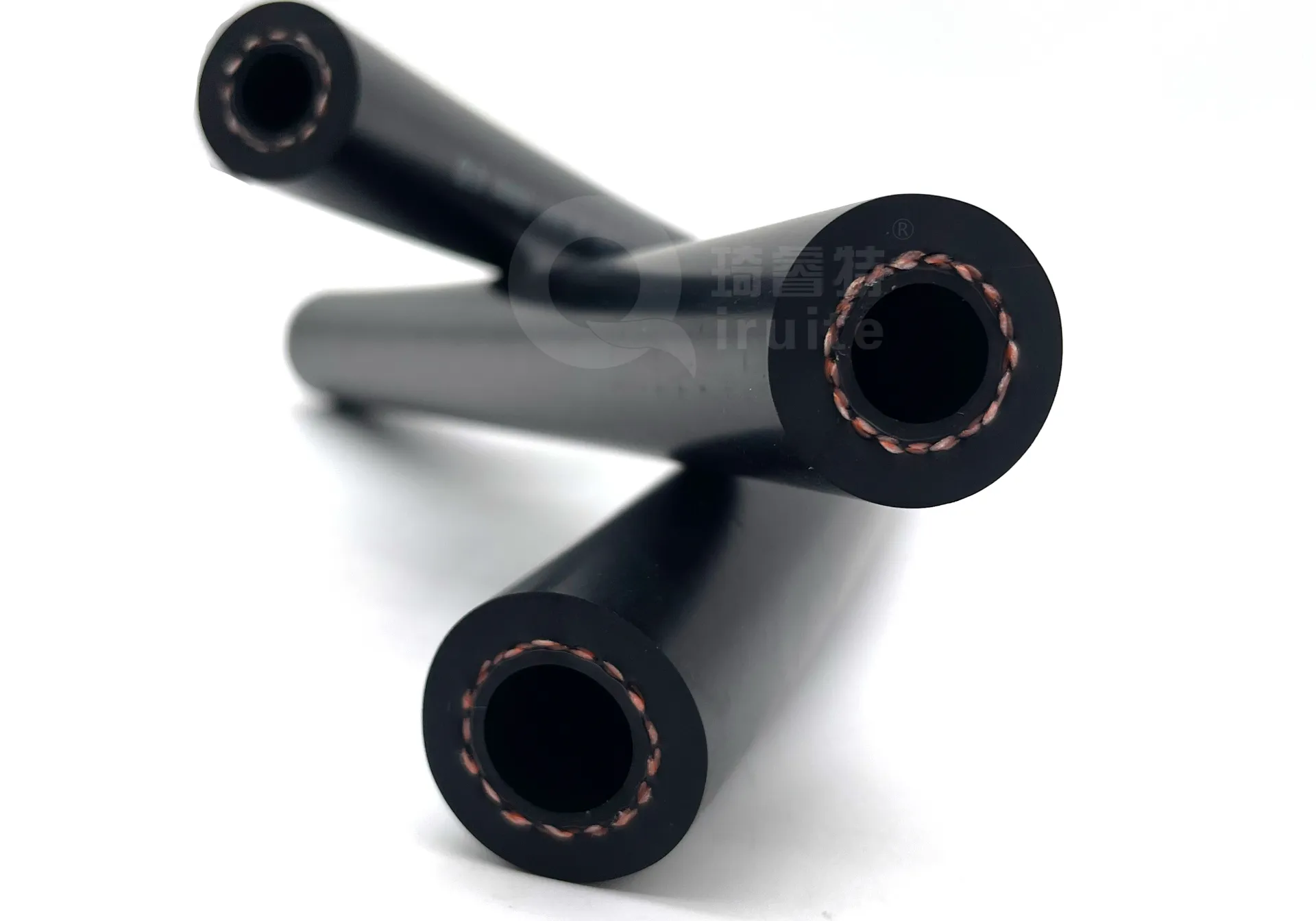repair power steering hose
Repairing Power Steering Hose A Comprehensive Guide
The power steering system is an essential component of modern vehicles, providing drivers with the ease of maneuverability and control. Among the various parts of the system, the power steering hose plays a critical role by transferring hydraulic fluid from the pump to the steering mechanism. Over time, these hoses can develop leaks or damage, leading to decreased steering performance and potential safety hazards. This article provides a thorough overview of power steering hose repair, including symptoms, causes, and repair techniques.
Understanding the Power Steering Hose
The power steering hose consists of two main components the high-pressure hose and the low-pressure return hose. The high-pressure hose carries hydraulic fluid from the pump to the steering gear under high pressure, while the low-pressure return hose carries fluid back to the pump from the steering gear. Both hoses are typically made of durable materials like rubber or reinforced PVC, designed to withstand the pressures and environmental factors they encounter.
Symptoms of a Bad Power Steering Hose
Identifying issues with the power steering hose early can save you from more significant problems down the road. Common symptoms of a failing power steering hose include
1. Fluid Leaks One of the most obvious signs of a damaged power steering hose is visible fluid leaks. You may notice puddles of reddish or pink fluid beneath your vehicle, indicating that the hydraulic fluid is escaping.
2. Steering Difficulty If the power steering hose is compromised, it can lead to increased difficulty in steering, especially at low speeds or when turning the wheel. You might feel the wheel becoming stiffer than usual.
3. Whining Noise A high-pitched whining or groaning noise while turning the steering wheel may indicate that the power steering pump is struggling due to insufficient fluid levels, often caused by a leak in the hose.
4. Overheating In extreme cases, a failing power steering hose can cause the fluid to overheat, leading to potential damage to the power steering pump and other components.
Causes of Power Steering Hose Failure
Several factors can contribute to the deterioration of a power steering hose, including
- Aging and Wear Over time, exposure to heat, ozone, and various chemicals can cause the material to degrade, leading to cracks and leaks.
- Contamination Dirt and debris can infiltrate the system, causing wear on the inner lining of the hose and leading to leaks.
repair power steering hose

- Improper Installation If the hose is not installed correctly, it may rub against other components, leading to premature wear and tear.
- High Pressure Excessive pressure from the power steering pump can also stress the hose beyond its capacity, resulting in failure.
Repairing the Power Steering Hose
Repairing or replacing a damaged power steering hose typically involves the following steps
1. Diagnosis First, confirm that the hose is indeed the source of the issue. Inspect for visible damage, signs of fluid leakage, and listen for abnormal noises.
2. Fluid Drainage Before starting repairs, safely drain the power steering fluid from the system to avoid spills.
3. Removal Disconnect the power steering hose from both the pump and the steering gear. Depending on your vehicle, you may need to remove brackets or fittings.
4. Replacement It is often recommended to replace the hose rather than attempting a temporary fix. Acquire a new hose that matches the specifications of your vehicle.
5. Reinstallation Attach the new hose securely, ensuring all connections are tight to prevent future leaks.
6. Refill System Refill the power steering fluid reservoir with the appropriate fluid and bleed the system to remove any air.
7. Testing After completing the installation, test the steering system to ensure everything is functioning correctly.
Conclusion
Repairing a power steering hose is a crucial maintenance task that can significantly impact vehicle safety and performance. By recognizing the symptoms of a failing hose and addressing repairs promptly, drivers can enjoy smoother steering and extend the lifespan of their power steering system. When in doubt, consulting a professional mechanic can ensure that the repair is done correctly and efficiently.
-
Ultimate Spiral Protection for Hoses & CablesNewsJun.26,2025
-
The Ultimate Quick-Connect Solutions for Every NeedNewsJun.26,2025
-
SAE J1401 Brake Hose: Reliable Choice for Safe BrakingNewsJun.26,2025
-
Reliable J2064 A/C Hoses for Real-World Cooling NeedsNewsJun.26,2025
-
Heavy-Duty Sewer Jetting Hoses Built to LastNewsJun.26,2025
-
Fix Power Steering Tube Leaks Fast – Durable & Affordable SolutionNewsJun.26,2025

